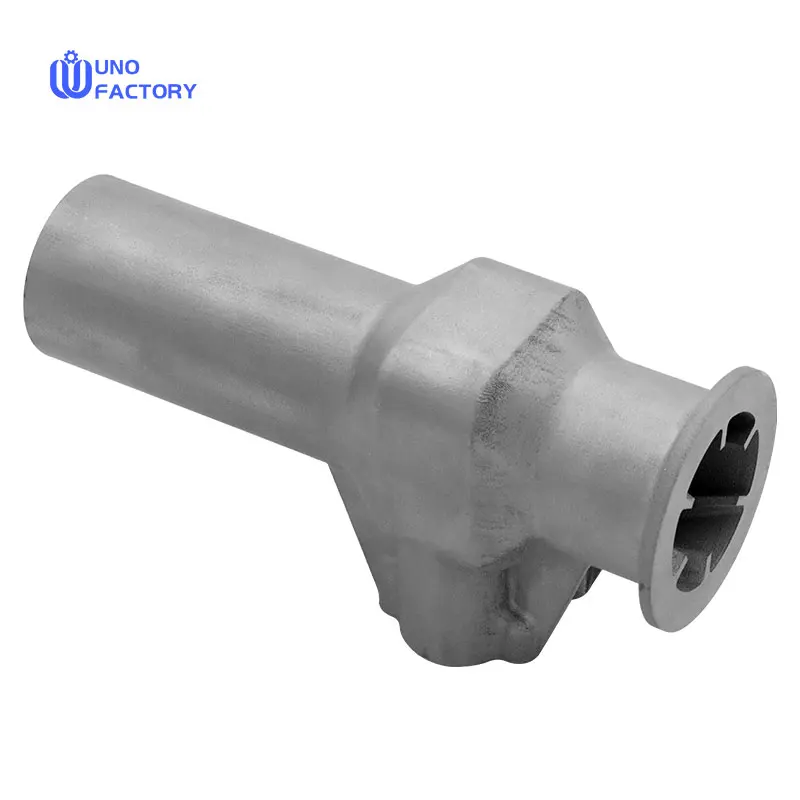Time to read: 6 min

Porosity is a critical issue in die casting that can compromise the structural integrity and functionality of cast parts. This comprehensive guide delves into the types, causes, and prevention strategies for porosity, ensuring the production of high-integrity die castings.
Die casting is a precise and efficient manufacturing process, but it's not immune to defects. One of the most common issues is porosity, which can lead to structural weakness, corrosion, and leakage. This article introduces the various forms of porosity in die casting, explores their causes, and offers strategies to prevent or mitigate their impact.
Forms of Porosity in Die Casting
Porosity manifests in die castings as pores, holes, or air pockets, which can be detrimental to the part's performance. There are three primary forms of porosity:
Blind Porosity
Blind pores are internal and do not penetrate through the casting's walls. While they may not directly affect strength, they can harbor corrosive elements and complicate secondary finishing processes.
Through Porosity
Through pores create a continuous path from one side of the casting to the other, compromising the part's ability to hold pressure and significantly affecting its structural integrity.
Fully Enclosed Porosity
These pores are entirely contained within the casting and are not visible from the exterior. They become problematic when exposed during machining processes, potentially converting into blind or through pores.
Causes of Porosity in Die Casting
Understanding the root causes of porosity is essential for developing effective prevention strategies. The two main causes of porosity are:
Gas Porosity
Gas porosity arises from trapped gases in the die or molten metal. This can occur due to inadequate venting, improper gating, excessive lubrication, or the emission of gases by materials used in the process.
Shrinkage Porosity
Shrinkage porosity is a result of the casting's uneven cooling and solidification, leading to voids in thicker sections as the molten metal contracts at different rates.
Preventing Porosity with Vacuum Impregnation
Vacuum impregnation is a cost-effective method for sealing pores in castings, ensuring their longevity and functionality. The process involves:
- Evacuating the casting in a chamber to remove trapped air from micropores.
- Impregnating the pores with a sealant, using positive air pressure to force the sealant into the pores.
- Curing the sealant, typically using heat to solidify the impregnated material.
Tips to Prevent Die Casting Porosity
Preventing porosity starts with high-quality materials and extends to careful process management:
- Use Dry, Clean Materials to minimize gas formation during casting.
- Design for Tolerances, allowing for some porosity in non-critical areas.
- Optimize Mold Design by adjusting gate thickness, direction, and incorporating vents for gas escape.
- Control Cooling Rates to ensure even solidification and reduce shrinkage.
- Maintain Proper Pressure and Shot Speed to reduce air entrapment.
- Ensure Correct Alloy Temperatures to minimize shrinkage and associated porosity.
Conclusion
Porosity in die castings is a significant concern that can affect both the quality and performance of the final product. By understanding the forms and causes of porosity and implementing strategic prevention measures, manufacturers can significantly reduce the occurrence of porosity, ensuring the production of robust and reliable die castings. For more information or assistance with die casting projects, contact Unofactory.
Contact Information: For inquiries about die casting services or to discuss porosity concerns, reach out to Unofactory. We offer comprehensive solutions for all your die casting needs.




